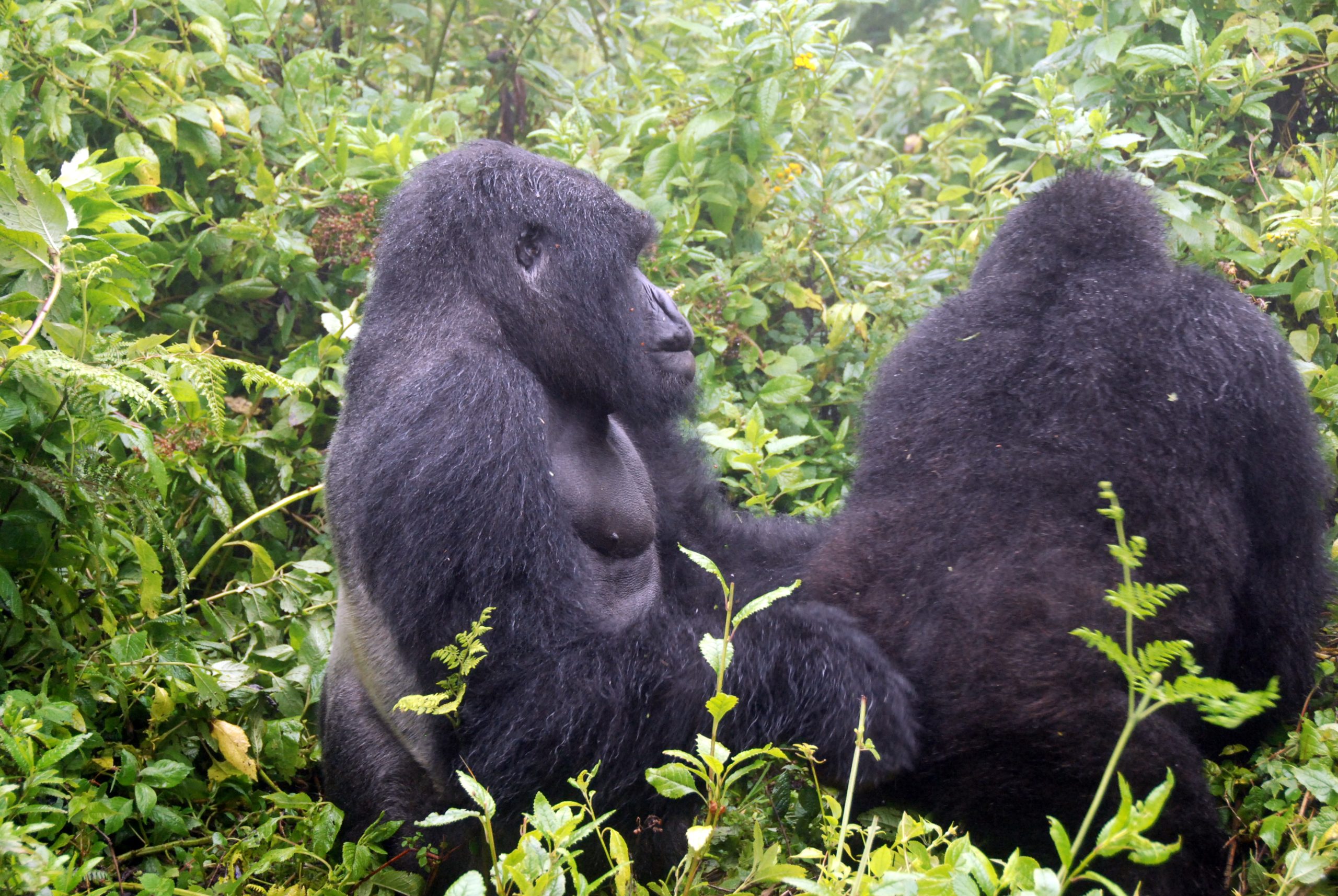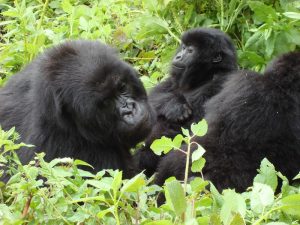why can’t you make eye contact with a gorilla?
In the heart of the lush rainforests of Central Africa, where the echoes of wildlife harmonize with the rustling leaves, encounters with gorillas are transformative experiences. Abunda Discoveries Uganda invites you to know more way can’t you make eye contact with a gorilla delve into the intricate dynamics of gorilla behavior, focusing on the nuanced communication signals, particularly the significance of avoiding direct eye contact during these awe-inspiring encounters.
The Gentle Giants of the Forest
Gorillas, often referred to as the gentle giants of the forest, captivate the hearts of those fortunate enough to witness their majestic presence. These intelligent beings share close genetic ties with humans, exhibiting complex social structures and communication methods within their family groups.
Significance of Eye Contact
In the animal kingdom, direct eye contact holds various meanings, often tied to dominance, submission, or threat. While humans may use eye contact to convey confidence or establish connections, the same rules do not necessarily apply in the primate world.
Gorilla Communication
Gorillas rely heavily on non-verbal communication to convey emotions, intentions, and social hierarchies within their groups. Subtle gestures, vocalizations, and body language play pivotal roles in the intricate dance of social interactions among gorillas.
Dominance and Submission
In gorilla societies, direct eye contact can be interpreted as a challenge or a threat, especially when initiated by individuals lower in the social hierarchy. To maintain harmony within the group and respect the established order, it’s advisable to avoid prolonged or assertive eye contact.
Demonstrating Submissiveness
Lowering one’s gaze when in the presence of gorillas is a non-verbal gesture of submissiveness and respect. It signals an acknowledgment of the gorilla’s authority within its social structure and a desire to engage in peaceful coexistence.
Minimizing Stress and Anxiety
Avoiding direct eye contact contributes to minimizing stress and anxiety in gorillas during human encounters. By adhering to this unspoken rule, we create an environment where gorillas feel at ease, allowing them to exhibit their natural behaviors without feeling threatened.
Ethical Gorilla Trekking Practices
Ethical gorilla trekking practices, as advocated by responsible tour operators and conservation organizations, prioritize the well-being of both humans and gorillas. These practices include maintaining a safe distance, minimizing noise, and following guidelines that respect the natural behaviors of these incredible beings.
Shared Responsibility for Conservation
As stewards of the natural world, Abunda Discoveries Uganda underscores the shared responsibility for the conservation of gorillas and their habitats. Responsible tourism practices, community engagement, and habitat protection efforts play pivotal roles in ensuring the long-term survival of these remarkable creatures.
The Magic of Observing Gorillas
By understanding and respecting the language of gorilla behavior, we unlock the magic of observing these magnificent creatures in their natural habitats. The unspoken communication signals, including the avoidance of direct eye contact, create an environment where humans can witness the beauty of gorillas without causing them distress.
Conclusion
In the enchanting realms of Uganda’s rainforests, gorilla encounters are marked by a delicate dance of respect and understanding. The language of gorilla behavior, expressed through subtle gestures and unspoken rules, invites us to be mindful stewards of their world. As we embark on journeys into the heart of these habitats, may our encounters with gorillas be characterized by a profound appreciation for their gentle nature and a commitment to their enduring conservation.




